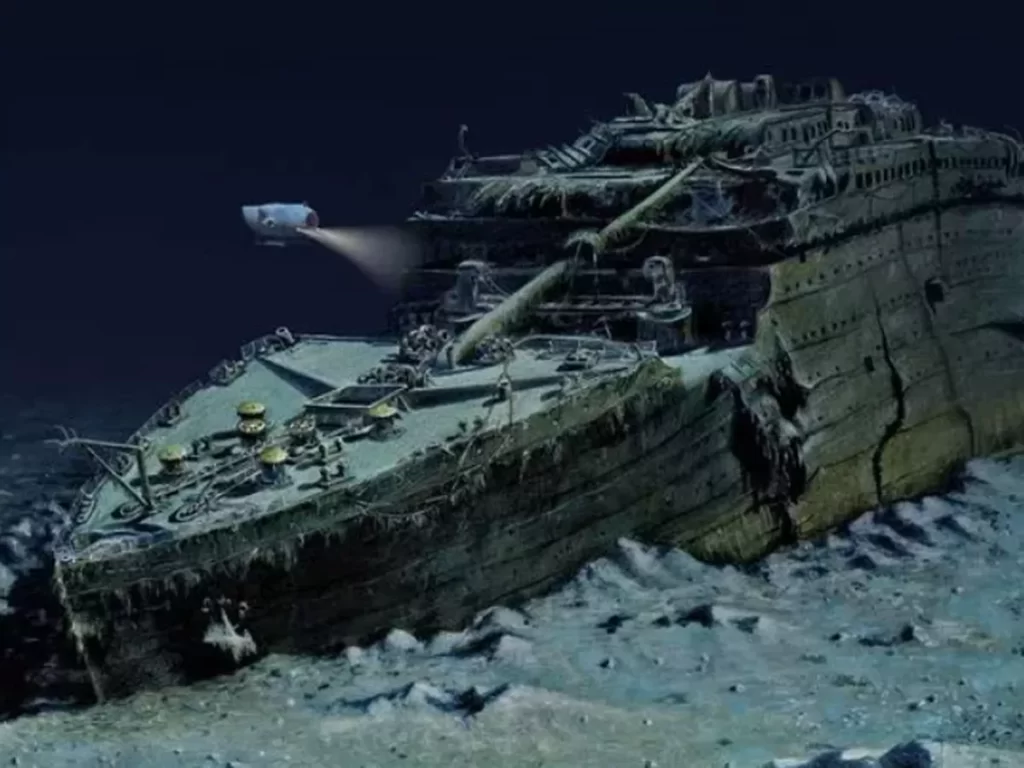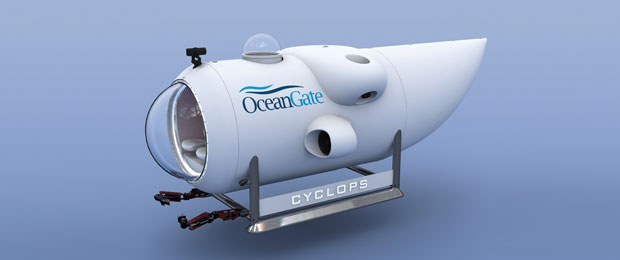As the search for a missing titanic submarine deep in the wreckage of the Titanic intensifies, readiness is rising. With less than 10 hours of oxygen left, each passing moment counts.
After detecting underwater sounds for several consecutive days, the scope of the rescue operation has increased, expanding the search area in the hope of locating the missing submarine carrying five passengers. While officials remain hopeful, the exact location and source of the detected sounds are yet to be determined. Using camera-equipped remote-operated robots capable of probing depths inaccessible to other ships, search teams attempt to uncover vital clues. However, accessing submersibles potentially submerged 12,500 feet (3,800 m) below the surface, poses significant challenges.
Covering a vast expanse of 7,600 square miles on the surface and descending to depths of 2.5 miles (4 kilometers), dedicated teams tirelessly scan the area, aiming to rescue the five passengers who have yet to be traced.
The search mission focused on an area where a Canadian aircraft heard distinct explosions occurring every 30 minutes. The persistence of these noises even after sonar deployment suggests the possibility of the crew signaling for help. However, according to the US Coast Guard, the origin of the sounds remains undetermined, and search efforts have so far yielded no definitive results.
Among those aboard that ill-fated ship were such notables as British businessman Hamish Harding, Pakistani businessman Prince Dawood and his son Sulaiman, French Titanic expert Paul-Henri Nargiolet and Stockton Rush, which required an expensive investment of $250,000 per person. CEO of Oceangate Expeditions, the company behind the design and deployment of the submersible. Notably, Wendy Rush, wife of Stockton Rush and a descendant of the two first class passengers killed in the original Titanic tragedy, also embarked on this fateful voyage.
The race against time is undeniably on. When it was first reported missing on Sunday, the submersible had an estimated 96 hours of oxygen. Now, with less than 10 hours to go, every minute counts.
Questions have been raised regarding the submersible’s navigational equipment, including the use of a Logitech wireless gamepad, a common feature in submarines and military equipment for its affordability and user-friendly interface. The ship relies on a button similar to an elevator to descend 13,100 feet below the surface of the ocean. The lack of radar or GPS navigation calls into question the submersible’s safety and regulatory approval.

The experimental nature of the Titan submersible becomes clear, as it has not received approval from any regulatory body. Concern has been raised by scientists from the Marine Technology Society, who have expressed reservations about the ship’s adherence to industry safety standards. While Oceangate says the Titan is ahead of these standards and has taken steps to reduce safety risks, the submersible’s track record remains the subject of scrutiny.
In the event of an emergency, the submersible is equipped with seven systems designed to lift off weight and enable re-surfacing. However, challenging conditions including the depth of the wreck, rough seas and fog presented formidable obstacles to the rescue operation. Nevertheless, past successes in similar operations provide a glimmer of hope, reminding us of the 1973 rescue operation that rescued two explorers from the depths of the Pisces III submarine, submerged 1,500 feet below the surface. Was. However, Titan’s plight is exponentially more complicated, given its depth is more than eight times that figure.
As time passes and challenges remain, the determined efforts of the rescue teams remain unwavering, driven by the hope of bringing the crew safely back to life from the Titanic’s mysterious depths.
